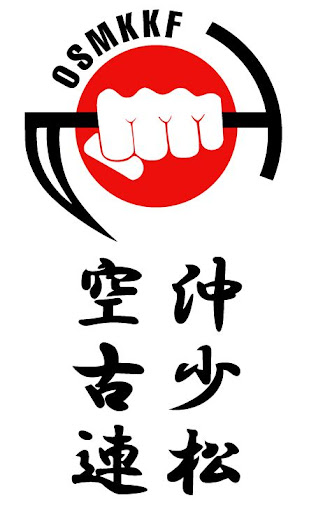

Specifically, classifications for eighteenth century artifacts recovered from archaeological contexts of sites of New France, particularly from fur trade and military posts, are focused upon here.

This dissertation builds upon previous studies of folk classifications as revealed in historical documents. Devised scientific or ‘etic’ classifications have benefited from such studies by eliciting data concerning function and status.

Within historical archaeology researchers have sought to enrich their knowledge of some artifacts through examination of the way manufacturers, traders and consumers referred to various artifacts in historic documents. These have also been variously referred to as ‘emic’ or folk classifications. The insider’s or other’s classifications have stimulated the interest of archaeologists and cultural anthropologists since the nineteenth century. The significance of the formal variables noted may not be known, though archaeologists have endeavored to glean data concerning chronology, national origin, function, manufacturing techniques and other social data from some variables of numerous artifacts. Archaeologists may apply them with no other particular research question posed for their construction. Standard or universal classifications based on formal properties of artifacts find wide currency for purposes of inter-site comparisons.


 0 kommentar(er)
0 kommentar(er)
